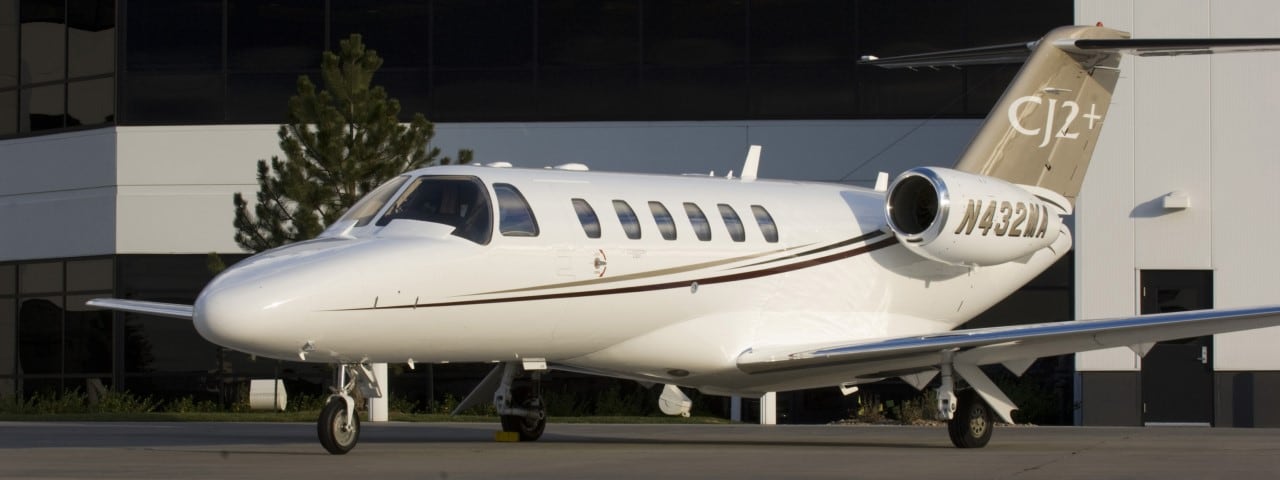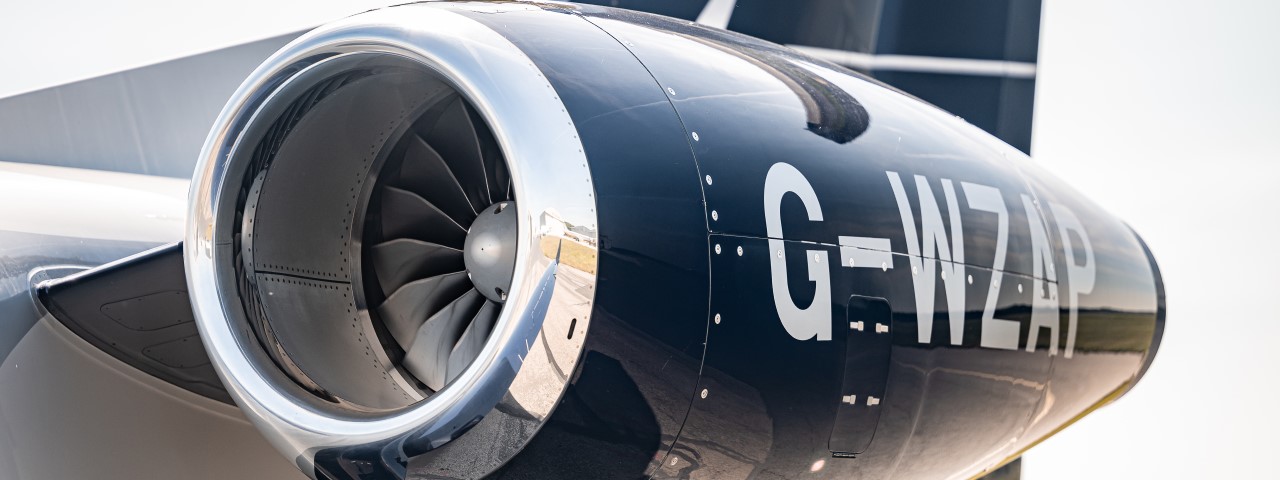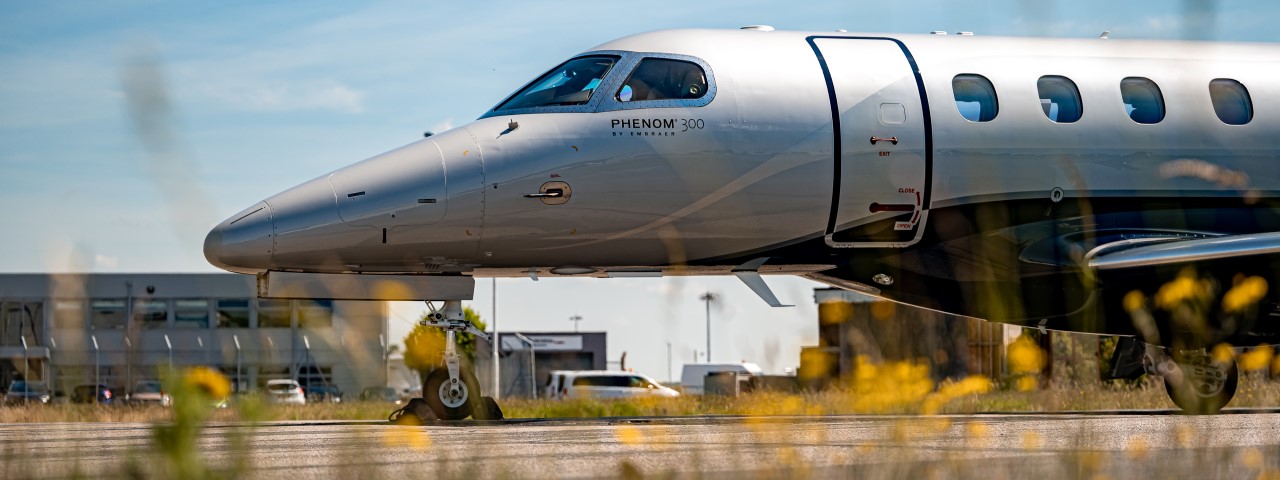Which are the most fuel-efficient private jets?
Fuel cost is a big factor when purchasing or chartering a private jet. With the spotlight on energy efficiency in recent years, numerous private jet manufacturers have tried to gain an edge in the market by producing more economical jets.
Why do they do this? Lower fuel costs mean lower operational costs, making the aircraft more attractive to prospective buyers and private jet charter customers. Carefully modifying a jet's power settings and other elements can help cut fuel expenses. It does help to strongly consider fuel consumption when buying an aircraft or when flying private.
With that in mind, we’ve collated some of the most fuel-efficient private jets on the market.
What constitutes a fuel-efficient private jet?
First, let’s look at what makes a private jet more energy-efficient than its competitors. Calculating fuel efficiency isn’t a “one size fits all” process; on any given flight, consumption is affected by several varying factors, including:
-
Speed and altitude. The greater the altitude, the likelier the flight is to be more fuel-efficient.
-
Weather conditions. For example, flying into headwinds burns more fuel.
-
Rates of climb and drag.
-
Variable weights like passengers and cargo. The heavier the aircraft, the more fuel it needs, further increasing its overall weight.
Generally, the larger the private jet, the more fuel it will require. However, aviation companies also often cite low fuel burn as setting their aircraft apart from rival jets in their class, but this value isn’t always calculated similarly.
All aircraft burn more fuel during take-off and ascent before levels drop at cruising altitude. Some brands base their fuel burn on a specific part of a flight, with Gulfstream often highlighting the difference by comparing the first and second hours of a long-range flight.
Others report the average burn of an entire flight, in which case it’s important to remember that the first hour of fuel usage is highest, and a larger jet’s average burn will typically be measured over a longer range than that of a smaller aircraft.
Manufacturers often qualify how they calculate their aircraft’s fuel burn, citing factors such as cargo/passenger weight, cruise speed and takeoff in relation to sea level. Some identify a “sweet spot” at optimal fuel burn and use those numbers in their aircraft guides. Your own flight will likely differ, so don’t take this as definitive proof that one jet is more energy-efficient than another – especially if their fuel burn figures are relatively close.
Are newer private jets more energy-efficient?
With their modern avionics, aerodynamics and engines, it’s often assumed that newer aircraft burn less fuel than older models, but this isn’t always true. For example, a 1988 Bombardier Challenger 601-3AER burns 310 gallons per hour (gph), whereas a 2003 Gulfstream G300 burns 512 gph.
The assumption is often correct for aircraft in the same series, though, with a 1985 Dassault Falcon 900B burning more gallons per hour than an upgraded Falcon 900LX. There’s a similar pattern when comparing light jets; data collated by Compare Private Planes shows most jets produced between 1970 and 1990 burned 160-220 gph on average, while today’s models burn 140-200 gph.
Many factors affect whether newer jets are more fuel-efficient than older models. Manufacturers have to balance fuel efficiency with other consumer demands such as high cruise speeds, spacious cabins and modern amenities like large TV screens or divans – all factors that negatively impact fuel efficiency.
There’s also an argument that because manufacturers made big leaps in fuel-efficiency decades ago, any subsequent gains have been marginal even as technology has improved. For example, being able to cruise at 51,000 feet is an important attribute for any fuel-efficient aircraft, yet the Cessna Citation III achieved this feat back in 1982.
In summary, hourly fuel burn numbers of private jet charter services have remained relatively consistent for the past 50 years. Yes, there has been a slight decrease over time, but this decrease only adds up to a few per cent.
Most energy-efficient private jets
Despite all the variables involved, a few aircraft across the various size categories have regularly demonstrated good fuel efficiency.
These include:
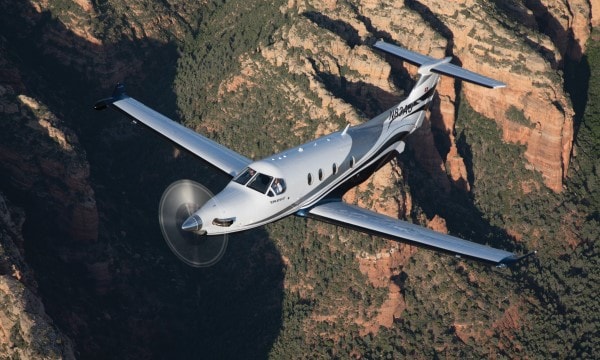
Pilatus PC-12 (turboprop)
The Pilatus PC-12 has an average fuel burn rate of just 66 gph and a cruise speed of approximately 300 mph. With space on board for up to nine passengers and a baggage hold large enough for golf clubs, this versatile turboprop can make non-stop trips from New York to Miami or London to Ibiza.
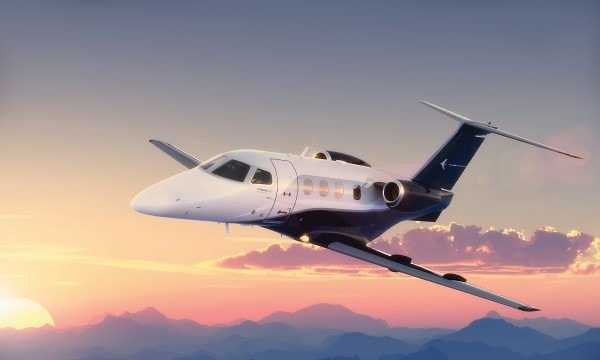
Embraer Phenom 100 (light jet)
The Embraer Phenom 100 is one of the most economical jets in its class, with a second-hour fuel burn of just 77 gph. Usually seating four passengers, this light jet comfortably completes journeys such as New York to Miami or São Paulo to Buenos Aires.
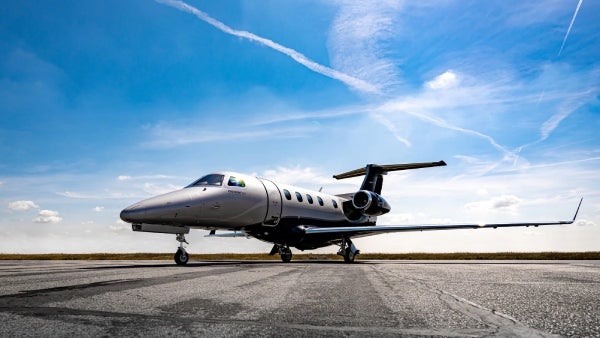
Embraer Phenom 300 (super light jet)
With one of the most spacious cabin interiors and the lowest operational costs of any light jet or super light jet on the market, the award-winning Embraer Phenom 300 is an incredibly popular aircraft to charter and purchase.
Hawker Beechcraft 900XP (mid size jet)
Building on the successful Hawker 850XP, the faster, longer-range and more fuel-efficient 900XP is one of the most sought-after midsize jets on the market. The Hawker 900XP is usually configured for eight passengers and can complete journeys like Frankfurt to Dubai.
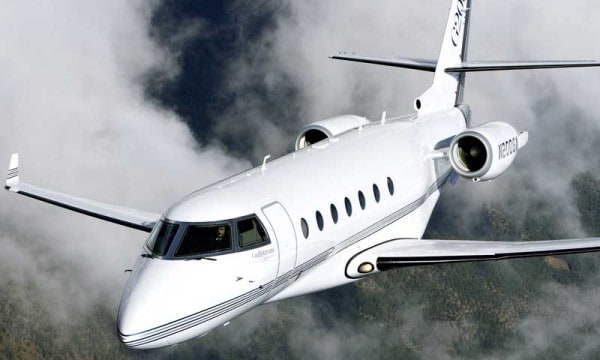
Gulfstream G200 (super-midsize jet)
Capable of non-stop transatlantic flights, the Gulfstream G200 boasts an average fuel burn of 233 gph. The aircraft can seat 8-12 passengers in a luxurious two-zone cabin with separate climate controls and signature oval windows. The upgraded G280 is similarly fuel efficient.
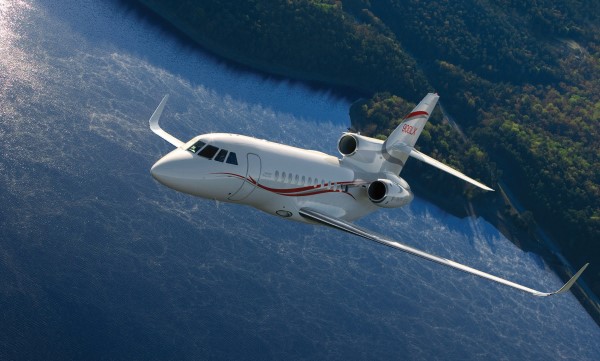
Dassault Falcon 900LX (heavy jet)
The Dassault Falcon 900LX is the latest iteration of the successful 900 range, setting the benchmark in its class for reliability, flexibility and fuel economy with a modern interior and space for 8-12 passengers. Dassault claims this aircraft burns an average of 260 gph, and it can fly non-stop from Chicago to Geneva, Mumbai to London and Hong Kong to Sydney.
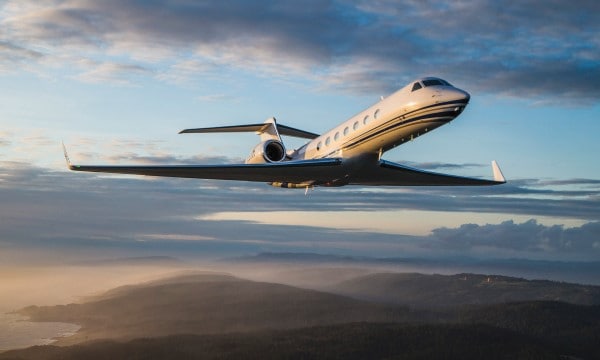
Gulfstream G550 (ultra-long-range heavy jet)
The award-winning Gulfstream G550 is a spacious jet with an average second-hour fuel burn of 447 gph. With space onboard for 19 passengers (but usually seating 12-16), it can fly non-stop for up to 13 hours on journeys like London to Singapore or Tokyo to Paris.
More fuel-efficient private jets worth a mention
Other notable fuel-efficient private jets include the Cessna Grand Caravan EX, Beechcraft King Air 350, Cessna Citation M2, Cessna Citation CJ3+, Diamond DA62, Learjet 70/75, Bombardier Challenger 300, Cessna Citation X+, Dassault Falcon 7X and Bombardier Global 6000.
Air Charter Service's commitment to sustainable aviation fuel
Air Charter Service (ACS) is committed to providing you with a flight that meets your requirements. Contact us today to charter any of these private jets or learn more about other fuel-efficient private jets available to charter.
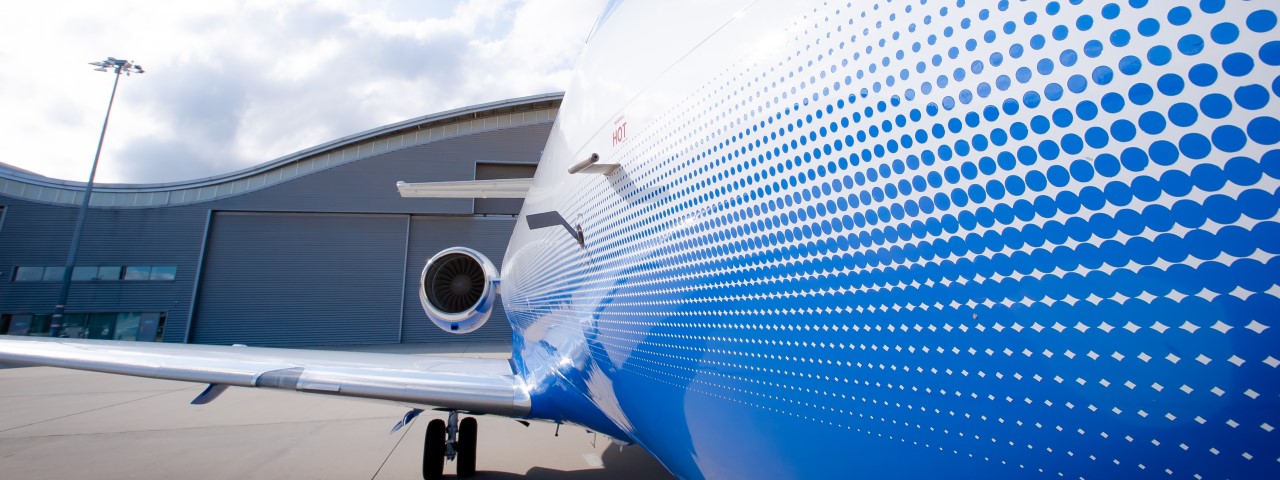
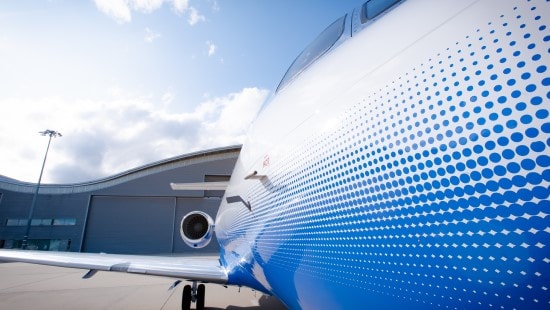 Discover some of the more fuel-efficient, eco-friendly private jets and why you should consider these aircraft the next time you book or purchase a private jet.
Discover some of the more fuel-efficient, eco-friendly private jets and why you should consider these aircraft the next time you book or purchase a private jet.


